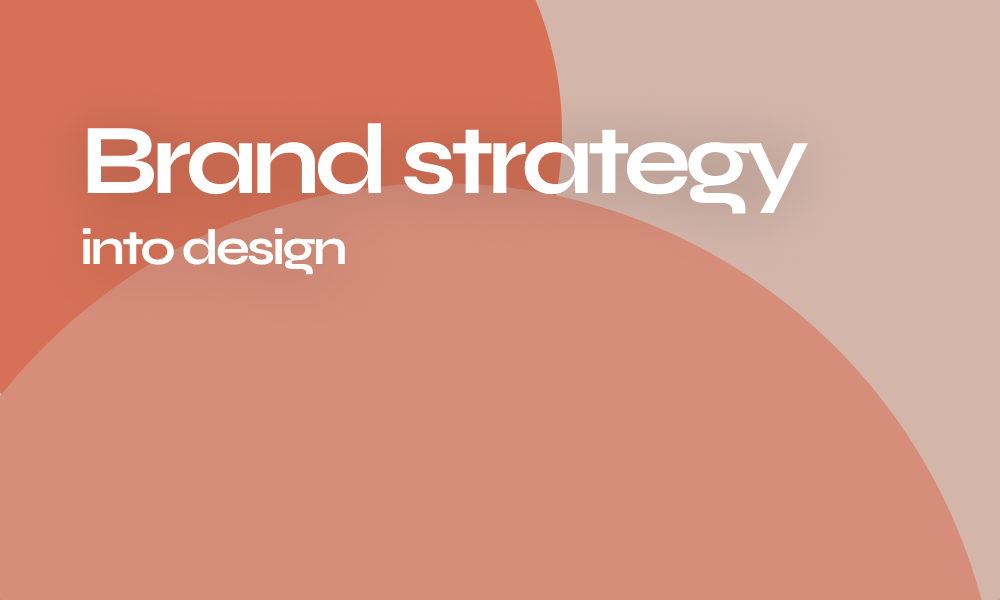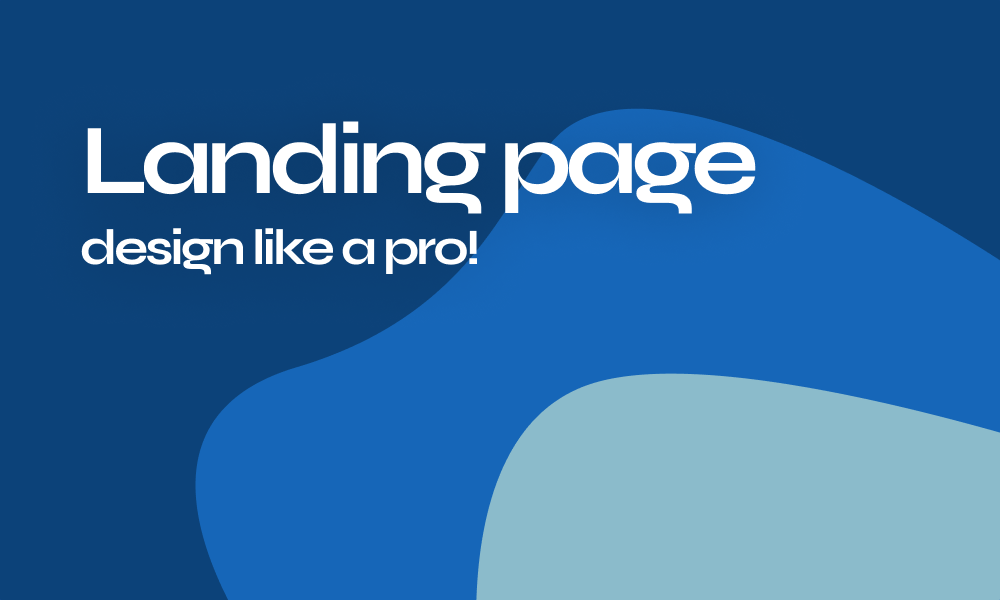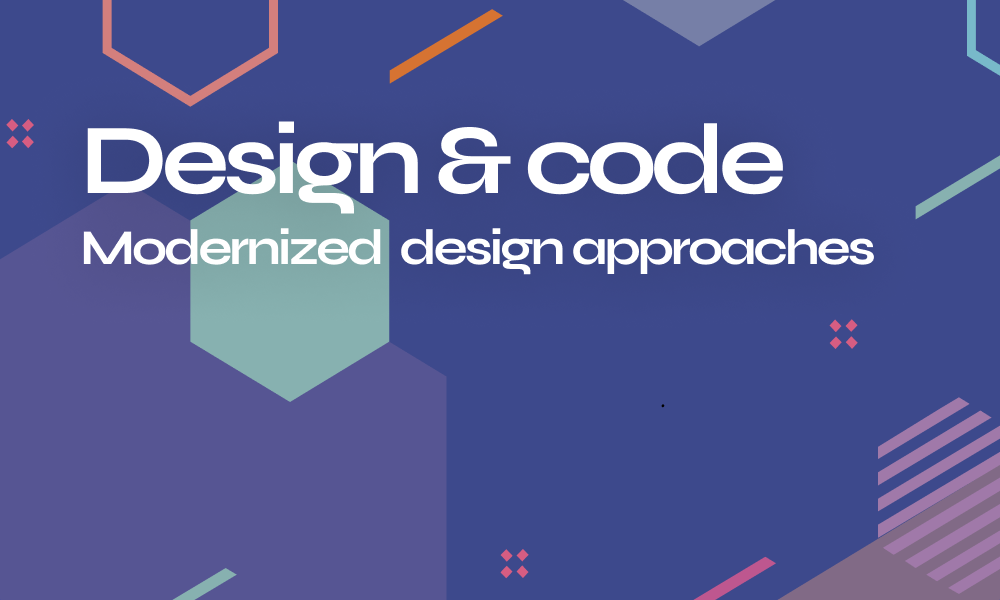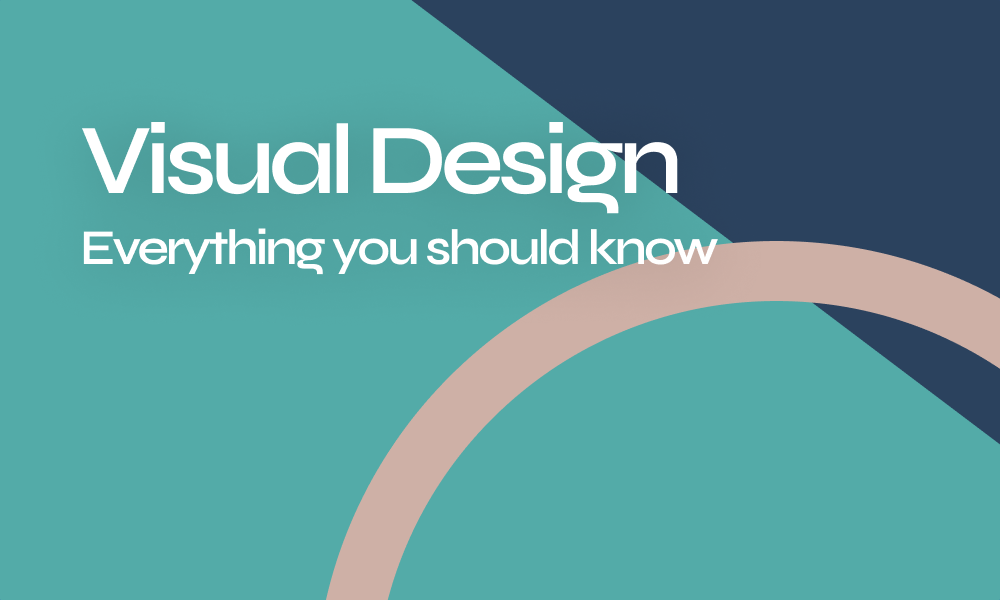

Let us quickly remember what a design system is. From what we have seen so far through the blog on fundamentals of the design system, the whole definition of it can be put like this : A single, common source of design truth, which can be shared across the organisation. Yes, it is shared between multiple teams like UX designers and developers as an example.
The genuine essence of a design system is focused around your user needs of today and tomorrow. Hence thinking, predicting, and planning your design around that can prove to be a success. Sharing a design system throughout your organisation to the relevant stakeholders of a project in a strategic way helps them visualize and understand the elements centered around the user requirements. As a result, a more cohesiveness is maintained during the design and software development process resulting in an end product with better, enhanced overall user experience.
A good thing is always speculated before being accepted in the technology world, which is fair too. The Design System is also not the exception. There are a few myths circling in the air here and there about the effectiveness of the design system in various cases.
The Most Common Design System MYTHS
1. Design System Kills Design Thinking & Innovations
Creativity could be eliminated. Many could think that designing a software product from such a system would be about merely selecting and assigning the components which are already designed to make templates and pages. But the reality is that by using a design system, a designer can think by his or her own best abilities. All it does that it makes style updates an easy task throughout the project. For example, if you want to make a few design changes to your header, footer, burger menu, etc., you will not have to wait weeks or months to get this done.
2. Design Systems Put Limitations to Custom Designs
It is believed that many times a project requires the creation of custom elements and components. A lot of people think that through the design systems, it is not possible as it is a system used with a predesigned set of components. But the fact is that designers also can design custom elements and components and use it according to the guidelines of the design system before being reviewed and made available for teams to use them.
3. Design Systems are Not Scalable
Perhaps the most surprising one, isn’t it? Let us tell you why. Majority of the IT professionals who are new to the design systems believe that it is a one shot. You develop it, and just keep it for everyone to use in the future. But the real truth is that design systems can be scaled up, upgraded, innovated using the best design thinking power. The fact is that all the products designed via a design system will require design upgrades or changes or improvements in the future. A design system will have to incorporate those changes first in order to upgrade the product in the future. They are bound to be scalable to make the maintenance and update process far more seamless and efficient.
4. Not Suited to Projects or Businesses with Multiple Products
Design systems are not only suited to projects with single products, who will require changes and upgrades in the future. They are also used for companies and projects with multiple products too. The businesses always believe that there shall never be two applications sharing a common design system, and every software product they design must be unique.
Consider Swiggy and Zomato applications for an instance. No matter how different these two applications could be, the core functionality, user navigation, user interactions, are not having that many changes, do they? Some patterns, components, elements, etc. do not see major changes for every other application. For example, there is no need to give “Your Wishlist” a different shape or icon other than the heart. Of course it can work with multiple products of the same company without any doubt.
There is a way to create one standardised dropdown component, and reuse it with various projects. At best, it will give total freedom to the design teams to bring the changes as per the requirements and to add a more personalised touch to every product. However, the biggest advantage is that they will not have to dig deep to start from the scratch every time they work on a brand new project or a product.










